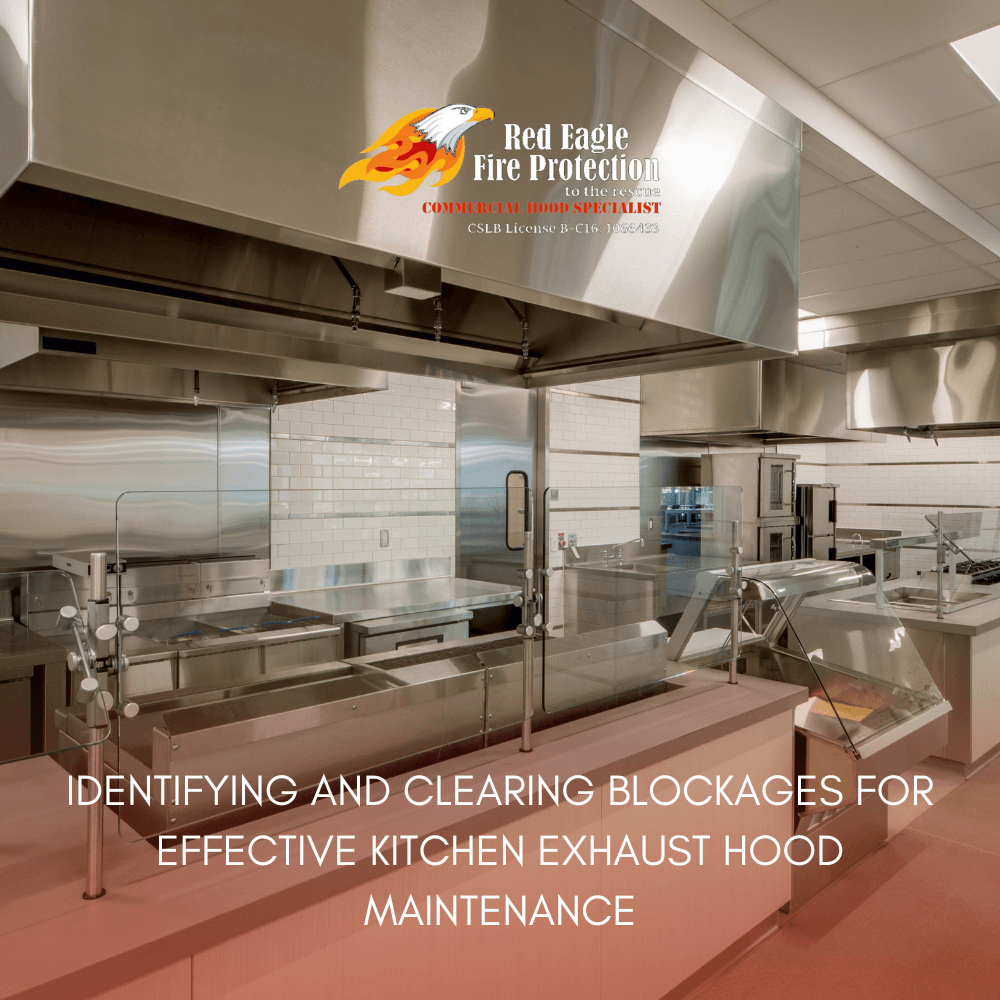A key component of ensuring efficient kitchen exhaust hood maintenance is identifying and clearing blockages that can accumulate in the ventilation system. Over time, grease, dust, and other debris can clog your exhaust hood, reducing its efficiency and potentially posing a safety risk. In this guide, we’ll explain how to identify common blockages and the steps you can take to keep your kitchen exhaust hood functioning optimally.
Signs of Blockages in Your Kitchen Exhaust Hood
The first step in kitchen exhaust hood maintenance is recognizing the signs of blockages. If you notice any of the following, it may be time to inspect your system:
- Reduced airflow or ventilation from the exhaust hood
- Unusual noises, such as rattling or humming, when the fan is in use
- Lingering smoke, steam, or odors in the kitchen
- Visible grease buildup on the filters or interior surfaces
- Increased temperature in the kitchen due to poor ventilation
If you notice any of these signs, it’s important to take action to clear the blockages and restore proper airflow in your kitchen exhaust system.
How to Inspect for Blockages in Your Exhaust Hood
A thorough inspection is an essential part of kitchen exhaust hood maintenance. Here’s how you can check for blockages:
- Turn off the power to your kitchen exhaust hood to ensure safety.
- Remove the hood filters and inspect them for grease buildup or other debris. If they are clogged, they can prevent proper airflow.
- Check the exhaust ducts and fan for obstructions. Grease can build up in the ductwork, causing blockages that restrict airflow.
- Use a flashlight to look deeper into the duct system for any large blockages or signs of accumulated grease.
Regular inspection is vital to maintaining the efficiency of your kitchen exhaust hood and preventing long-term damage.
Clearing Blockages for Effective Kitchen Exhaust Hood Maintenance
Once you’ve identified blockages, it’s time to clear them. Here’s how to effectively clean your exhaust system:
- Start by soaking the hood filters in hot, soapy water or a degreasing solution to remove built-up grease. After soaking, scrub them with a brush and let them air dry.
- Use a degreasing cleaner to wipe down the interior surfaces of the hood, focusing on any areas with heavy grease buildup.
- If the ductwork is clogged, you may need to use a duct cleaning brush to remove grease and debris. This step is crucial for ensuring the system functions properly.
- Check the exhaust fan for any obstructions and clean it as needed to restore smooth operation.
By regularly clearing blockages, you can ensure optimal performance and extend the lifespan of your kitchen exhaust hood.
When to Call a Professional for Kitchen Exhaust Hood Maintenance
While many aspects of kitchen exhaust hood maintenance can be handled at home, certain issues may require professional attention. If you notice persistent blockages, loud noises, or a complete loss of airflow, it may be time to call in a technician. Professionals have the tools and expertise to thoroughly clean and inspect the entire exhaust system, ensuring that it operates safely and efficiently.
Identifying and clearing blockages is a crucial part of kitchen exhaust hood maintenance. Regular inspections and cleanings will help keep your system running smoothly and your kitchen safe. For best results, consider scheduling professional cleanings in addition to your routine maintenance, especially in commercial kitchens with heavy use.
READ MORE:
The Ultimate Guide to Routine Kitchen Exhaust Hood Maintenance: Filters, Surfaces, and More
Degreasing Your Kitchen Hood: Essential Tips for Kitchen Exhaust Hood Maintenance

